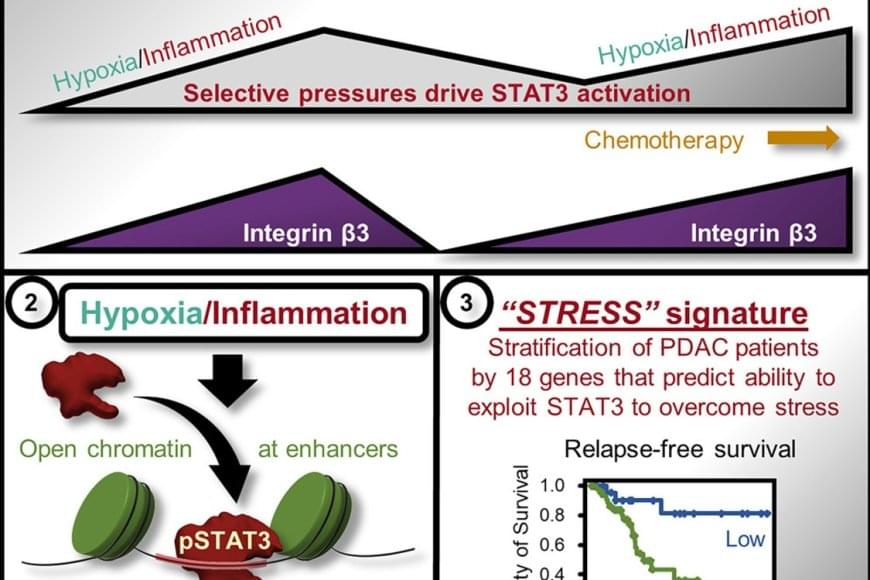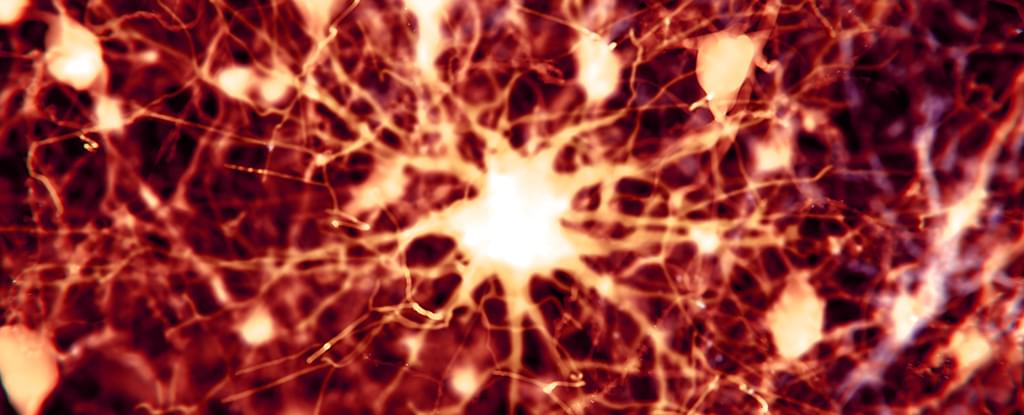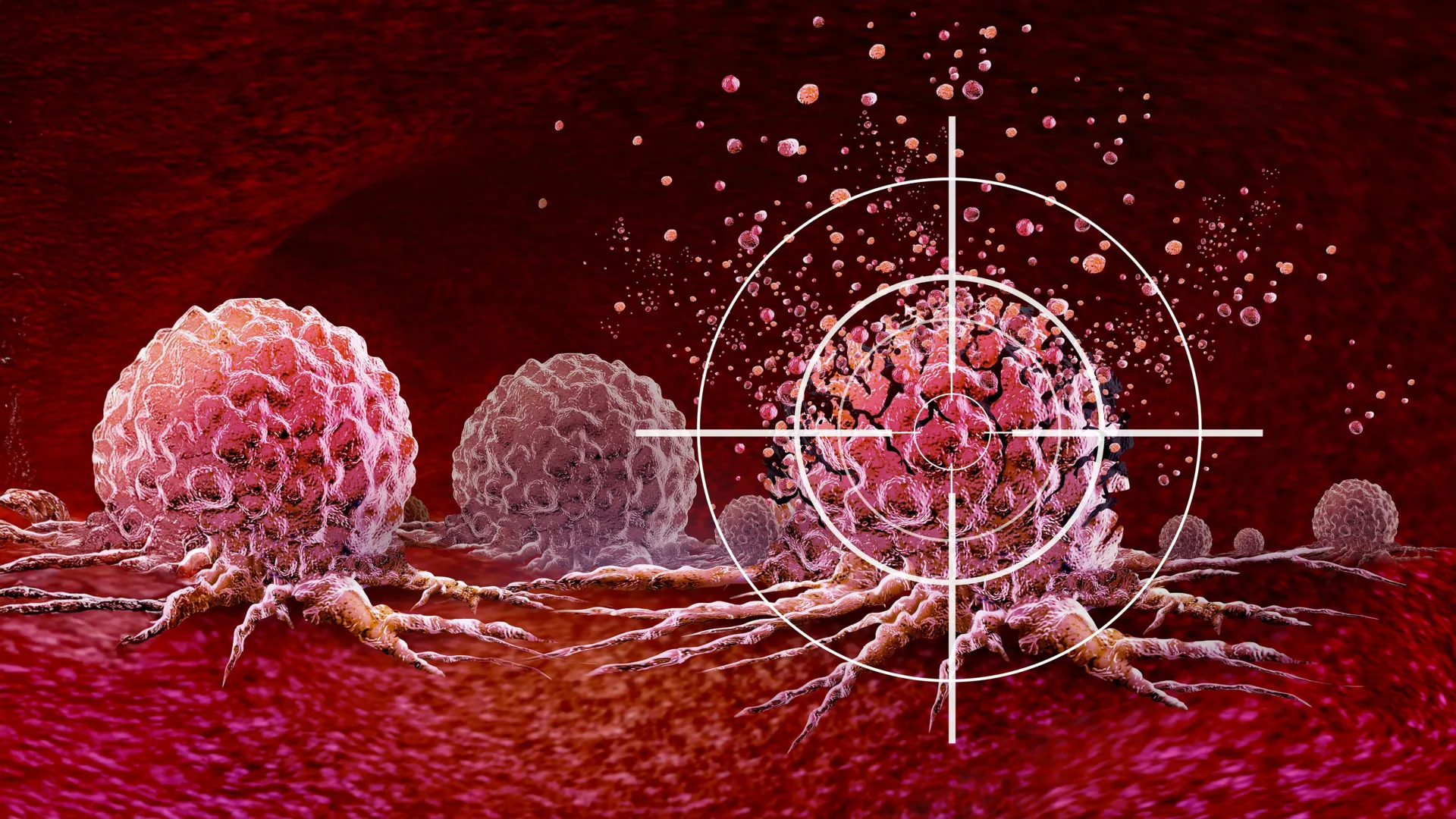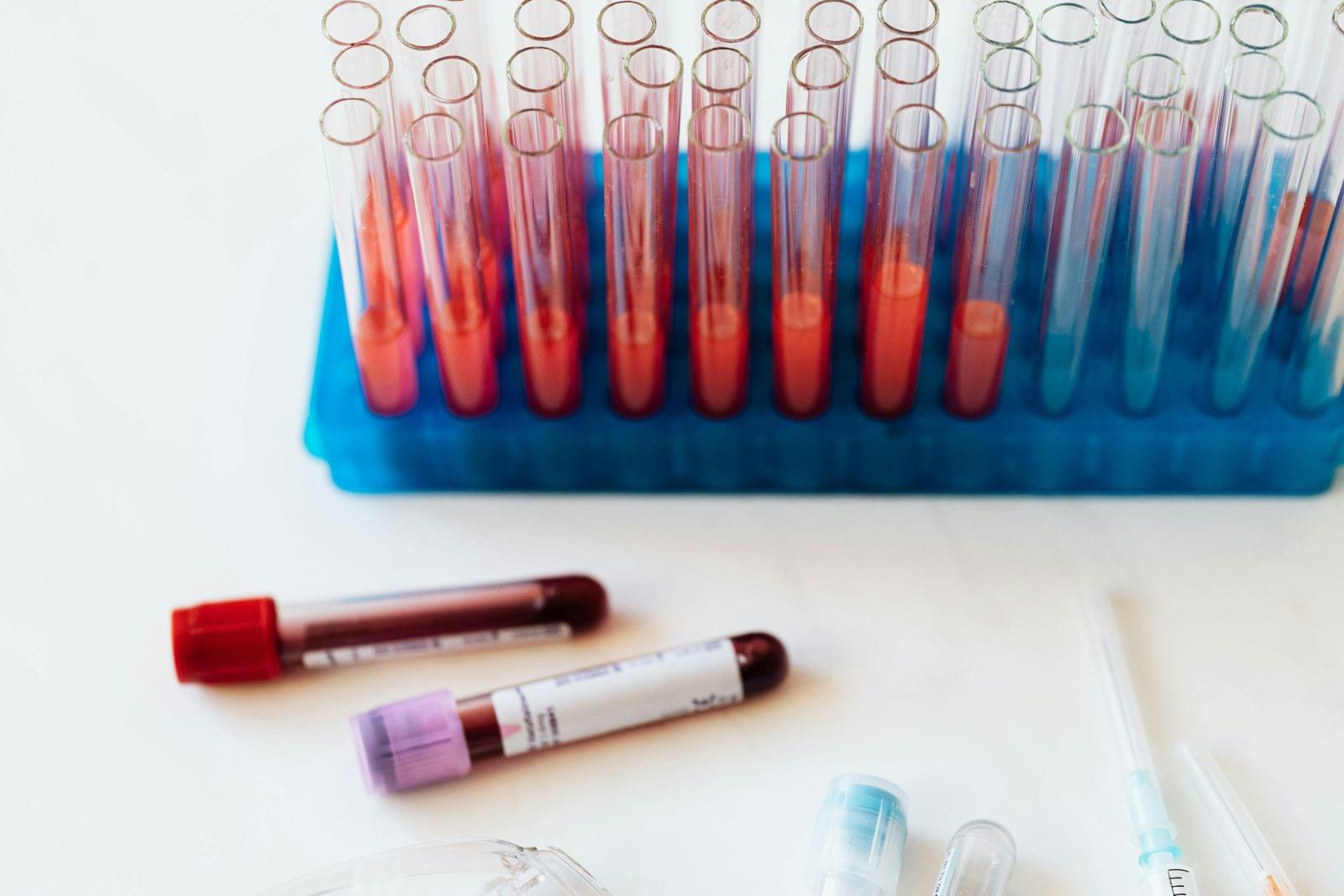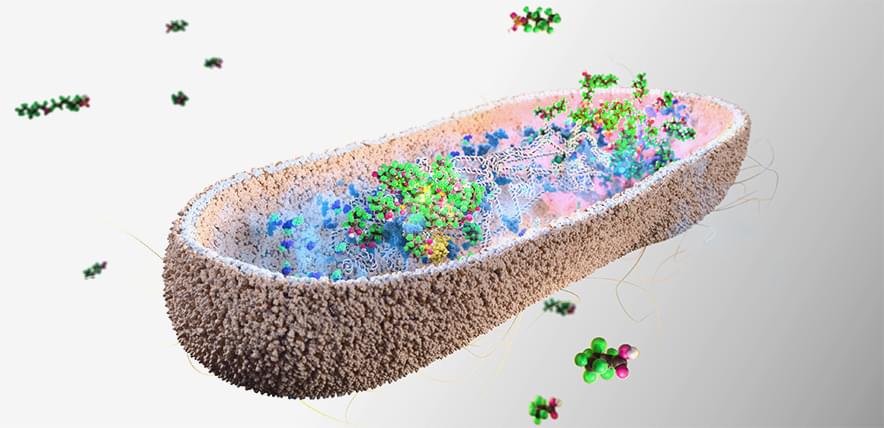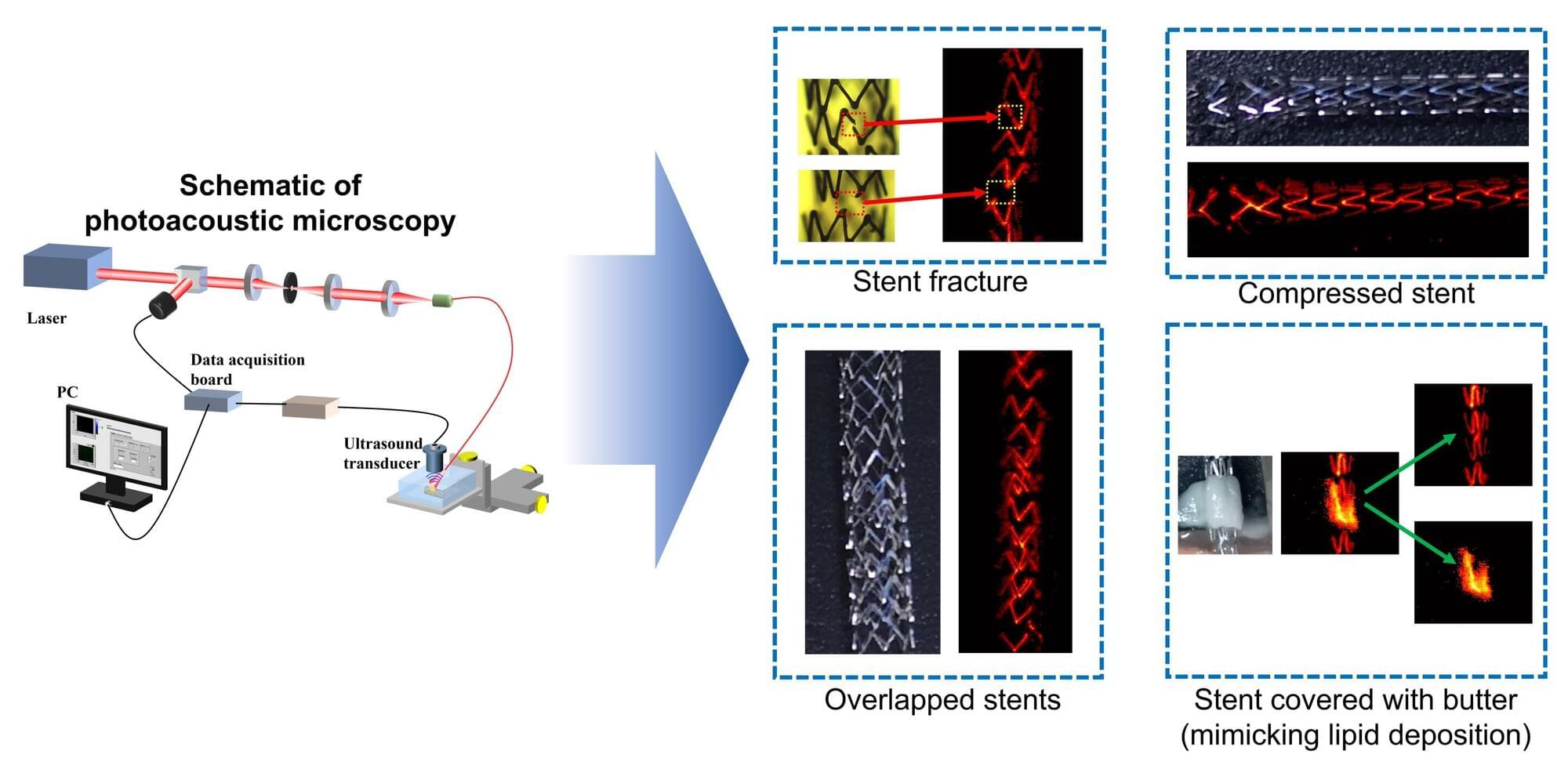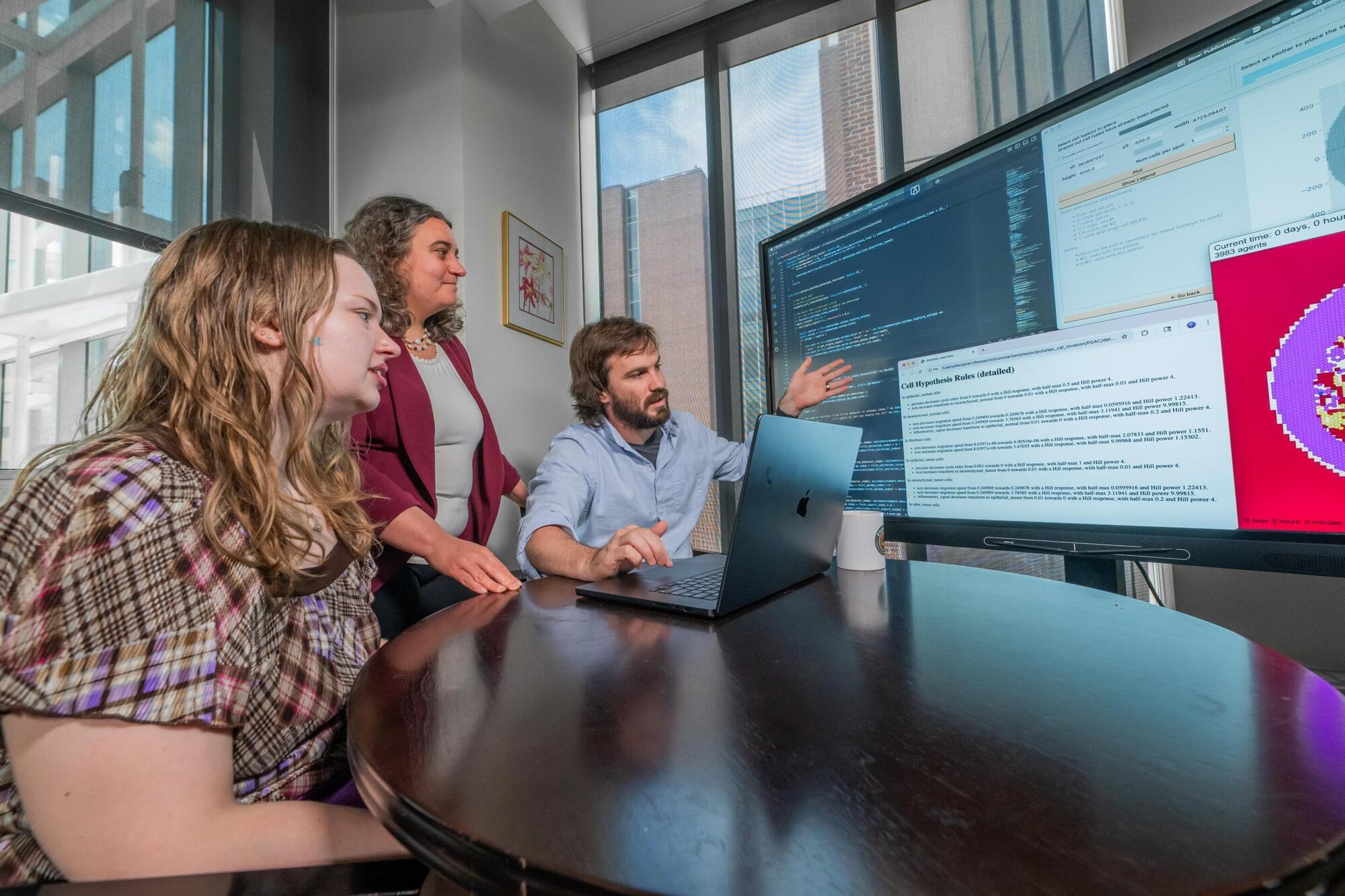Precancerous cells must adapt to and overcome cellular stress and inflammation in order to progress and form malignant tumors. Now, researchers have identified a link between stress and inflammation and pancreatic ductal adenocarcinoma (PDAC), one of the most aggressive and lethal types of cancer. The findings could serve as an early warning system for the disease, leading to the detection of PDAC before it becomes life-threatening.
Previous studies have shown that inflammation and cellular stress activate a protein called STAT3 — short for signal transducer and activator of transcription 3 — in pancreas cells, promoting tumor initiation, adaptation to stress and resistance to treatment. How STAT3 accomplishes this has not been understood until now.
In the current study, the researchers discovered that in some cancer cells, STAT3 is able to activate specific genes critical for adaptation to stress and inflammation. They found:
